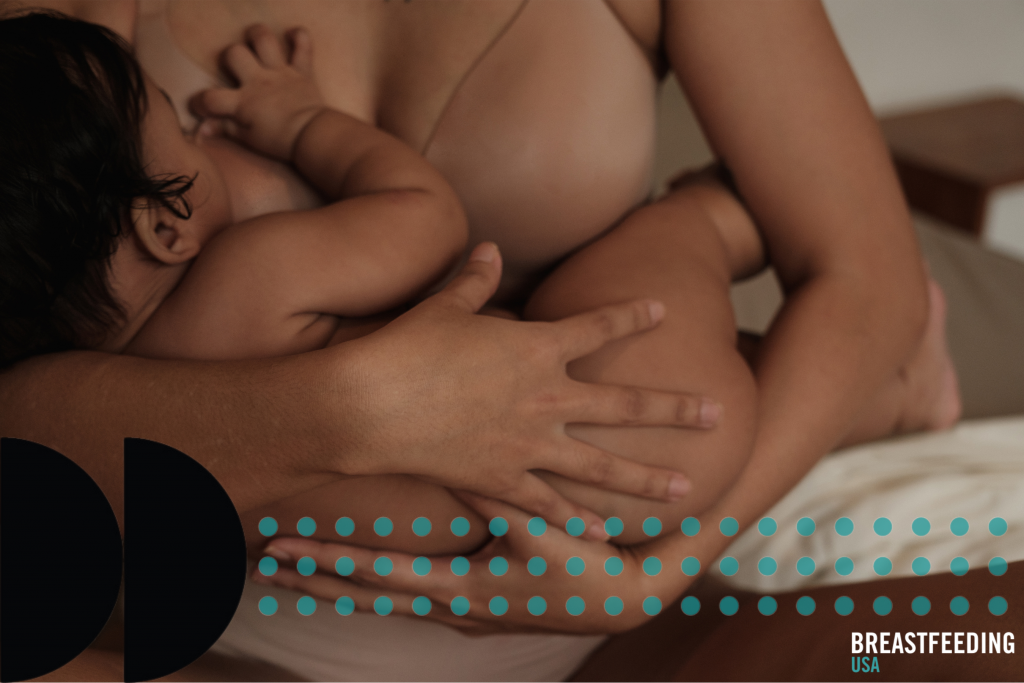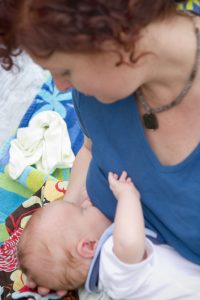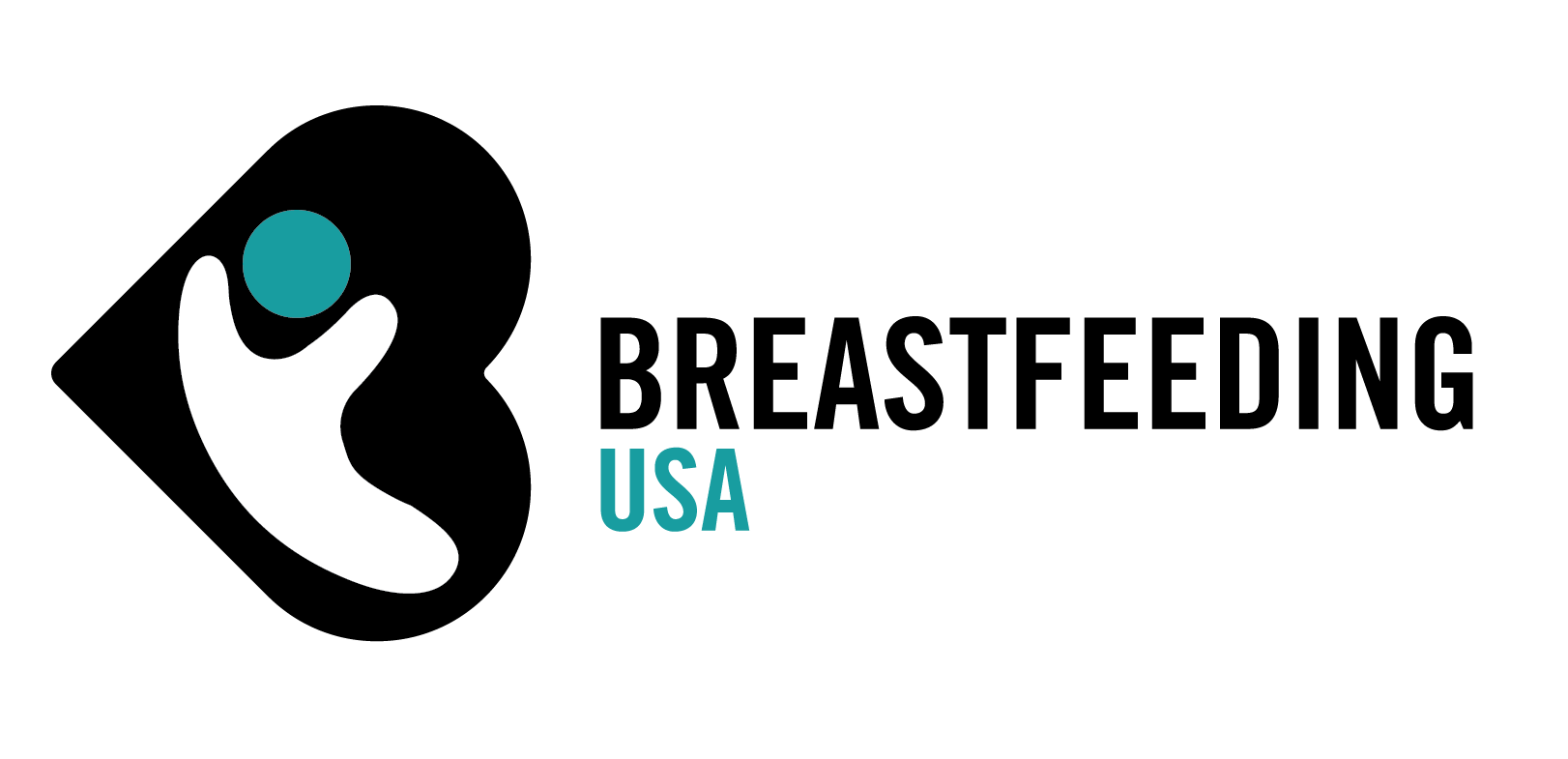By Norma Ritter, IBCLC, RLC
Have you seen all the ads for nursing clothes? They can make you think that you will have to spend a lot of money on special clothes, but this is not true. Here are some tips to help you decide what you REALLY need. Let’s start with lingerie and work our way out.
Bras

Here is a big secret: nobody really needs to wear a bra unless they want to! Nothing terrible is going to happen to your breasts if you prefer to go bra-less. However, bras are very convenient for holding nursing pads if you tend to leak.
If you do feel more comfortable wearing a bra, wait until the last couple of weeks in your pregnancy before buying them, as your breasts will change a lot during pregnancy..
Mothers who wear bras usually need them in at least two sizes. When your baby is born you will produce small amounts of concentrated milk called colostrum. During the next 10 to 14 days, your colostrum will gradually change to larger amounts of mature milk. Mother nature often assumes you will be nursing twins, if not triplets! Most mothers find their breasts expand one or two cup sizes, sometimes more.
Your baby will will regulate your milk production, because you only make more milk when milk is removed. Soon you will only be making the exact amount of milk your baby needs. By the time their babies are about three months old, many mothers have gone down a cup size and are thinking about new bras.
Do try on a variety of nursing bras to get a good fit. Soft cotton cups are usually the most comfortable. If you really want underwire bras, make sure the wires are not pressing on the sides of your breasts, as that can cause plugged ducts.
Many mothers just buy regular bras in stretchy fabrics, like cotton knits. To nurse, pull down a strap just over your shoulder and then pull down the cup. This avoids fiddling with nursing bra closures and saves a lot of money.
Tops

Two piece outfits are easiest. Although there are lots of lovely nursing tops in the stores, you don’t need one to nurse discreetly. Just lift the hem of your top and tuck in your baby! Knit tops work especially well because they drape so nicely.
Here is another easy idea to save you money – the two-layered look.
- First put on a knit shirt – any camisole or tee shirt, or even a man’s undershirt will work!
- With two pins – or a marker – mark two spots on the shirt, one about three inches above your left nipple, and one about three inches below your left nipple.
- Repeat on the right side.
- Take off the shirt, and cut two slits, lengthwise, between the pins. There is no sewing as knit fabric does not unravel.
You can wear this shirt under any other top. To nurse, lift the top layer so that you can nurse through the slits in the under shirt. Have fun making these in colors to mix and match with your top layers!
Dresses, jumpers, nightgowns and PJs
If you have a choice, then two-piece dresses (or Pjs) are the way to go.
Look for sleeveless dresses, jumpers and nightgowns which have openings under the arms or deep armholes, through which you can nurse. Some of the currently fashionable dresses and nightgowns have cross-over or stretchy necklines which can be pulled down to nurse.
Jackets, cardigans and shawls
If you are still a bit nervous about breastfeeding outside your home, then jackets, cardigans and shawls are good for shielding the side view. When you think about it, there are very few clothes you MUST buy to nurse a baby. Pass on these tips to other nursing mothers!
Norma Ritter, IBCLC, RLC
Norma Ritter is the mother of three grown children and the grandmother of six grandchildren, all of whom were breastfed.
© Copyright Breastfeeding USA 2010. All rights are reserved.
